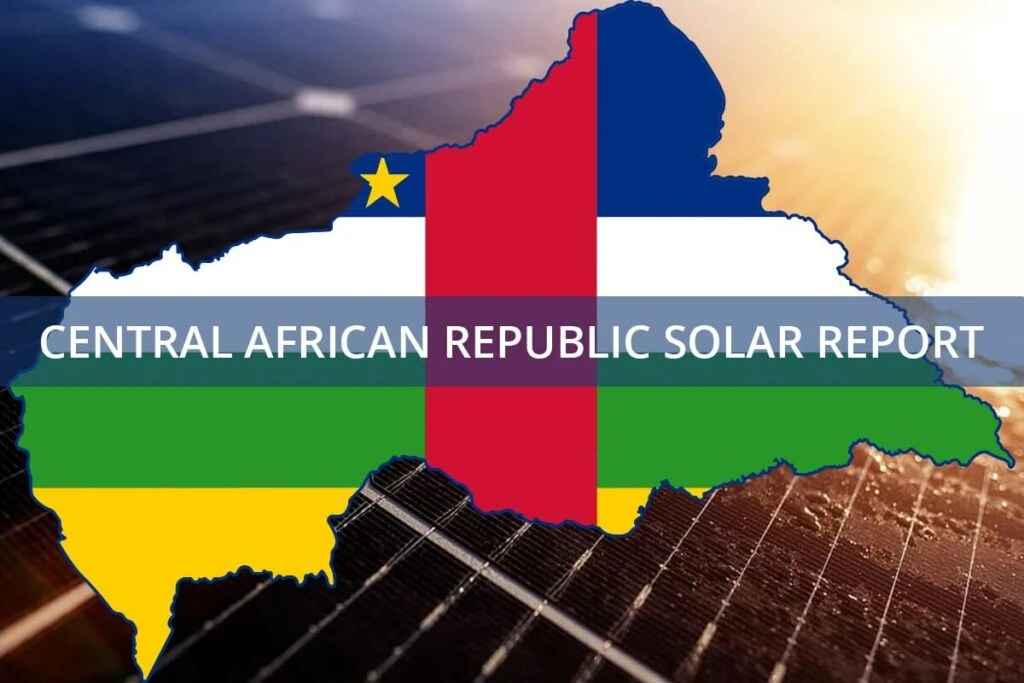Zambia is set to electrify 8.5 million people by 2030 through a landmark $1.1 billion solar mini-grid initiative. Supported by the European Union (EU) and the World Bank, this ambitious effort aims to boost energy access in rural areas, aligning with the EU’s Global Gateway strategy and tackling Zambia’s energy deficit.
A $1.1 Billion Solar Mini-Grid Initiative
Zambia’s Ministry of Energy has announced a major plan for rural electrification using solar minigrids, aiming to connect 8.5 million people by 2030. This ambitious project, estimated to cost $1.1 billion, has secured backing from the European Union (EU) and the World Bank. The primary goal is to rapidly expand energy access in remote regions nationwide. For more detailed insights, you can explore Zambia’s solar electrification plan.
Through its Global Gateway strategy, the European Union is investing €100 million ($106 million) to support the expansion of solar mini-grids in Zambia. The World Bank is also contributing a significant €275 million ($293 million) toward this initiative. In total, the project is expected to cost $1.1 billion, with funding secured from various development partners, including the World Bank, EU, and USAID.
Expanding Rural Energy Access
Zambia is already making significant progress in deploying solar mini-grids, having installed 65 systems to provide electricity for 73,000 people in rural areas. Impressively, 47,000 of these connections were established in the past year alone. The additional funding from the EU and World Bank will expand this program substantially, making solar energy more accessible to remote communities.
Minister of Energy Peter Kapala emphasized the initiative’s importance for Zambia’s rural population. “Over 73,000 people in rural areas are now connected to electricity through these mini-grids. With the EU support, we plan to reach 8.5 million people by 2030,” Kapala said.
The Impact of Solar Mini-Grids on Rural Communities
Solar mini-grids offer transformative benefits to Zambia’s rural communities. By providing reliable, clean electricity, they reduce dependence on fossil fuels and lower carbon emissions. These systems also fuel economic development, enabling small businesses to operate more efficiently and improving access to essential services like healthcare and education.
By electrifying 8.5 million people, the project is set to improve the quality of life for countless Zambians. Households will gain access to lighting, refrigeration, and communication technologies, while schools and clinics will be able to operate more effectively. For a broader perspective on the benefits, check out how solar mini-grids are transforming lives.
The Role of the EU and World Bank
The EU’s Global Gateway strategy focuses on building sustainable infrastructure and strengthening global partnerships, and Zambia’s solar mini-grid project is a key component of this vision. By investing in clean energy, the EU aims to support Zambia’s development goals and contribute to global efforts to combat climate change.
The World Bank’s $293 million investment underscores its commitment to improving energy access in developing countries. This funding will help Zambia expand its solar mini-grid network, bringing reliable electricity to more remote communities and supporting the country’s broader rural electrification goals.
Zambia’s Broader Commitment to Renewable Energy
This solar mini-grid initiative is part of Zambia’s wider commitment to renewable energy. The country is actively taking steps to diversify its energy mix and reduce its reliance on hydroelectric power, which has become less reliable due to climate change and recent droughts.
Zambia’s National Energy Policy aims to increase the share of renewables in the country’s energy mix and provide universal electricity access by 2030. This solar mini-grid project is a crucial part of that strategy, offering a scalable and sustainable solution to Zambia’s energy challenges. You can learn more about Zambia’s renewable energy journey here.
A Model for the Future of Energy
As Zambia moves forward with this initiative, it sets a powerful example for other nations in Africa and beyond. By investing in clean energy, Zambia is not only improving the lives of its people but also contributing to global efforts to reduce greenhouse gas emissions. This $1.1 billion initiative, backed by the EU and World Bank, represents a significant step toward completing Zambia’s rural electrification and achieving its national energy goals by 2030.



